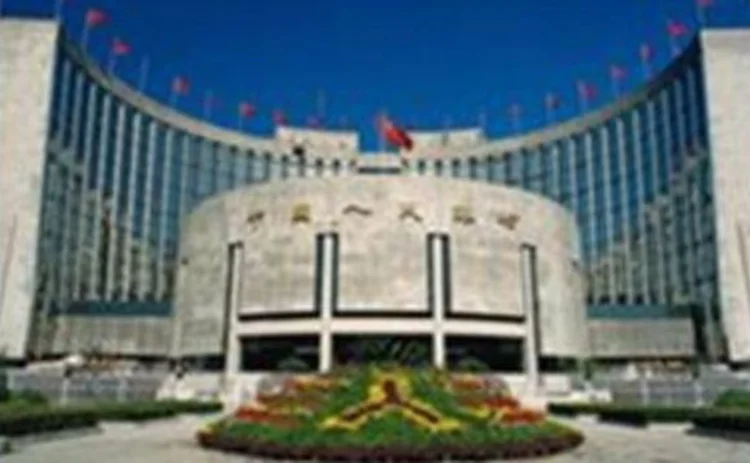
PBoC cuts rates and moves to address ‘informal lending’

The People's Bank of China (PBoC) lowered its main benchmark rates by 25 basis points on June 8, the first cuts since 2008. The central bank also adjusted its floating band for lending and deposit rates, which some observers believe is the first step to tackling risks posed by a burgeoning 'informal lending' market in China.
The move by the PBoC has resulted in the one-year deposit rate in the country now standing at 3.25%; while the one-year lending rate is now 6.31%. The floating band, which
Only users who have a paid subscription or are part of a corporate subscription are able to print or copy content.
To access these options, along with all other subscription benefits, please contact info@centralbanking.com or view our subscription options here: subscriptions.centralbanking.com/subscribe
You are currently unable to print this content. Please contact info@centralbanking.com to find out more.
You are currently unable to copy this content. Please contact info@centralbanking.com to find out more.
Copyright Infopro Digital Limited. All rights reserved.
As outlined in our terms and conditions, https://www.infopro-digital.com/terms-and-conditions/subscriptions/ (point 2.4), printing is limited to a single copy.
If you would like to purchase additional rights please email info@centralbanking.com test test test
Copyright Infopro Digital Limited. All rights reserved.
You may share this content using our article tools. As outlined in our terms and conditions, https://www.infopro-digital.com/terms-and-conditions/subscriptions/ (clause 2.4), an Authorised User may only make one copy of the materials for their own personal use. You must also comply with the restrictions in clause 2.5.
If you would like to purchase additional rights please email info@centralbanking.com test test test








